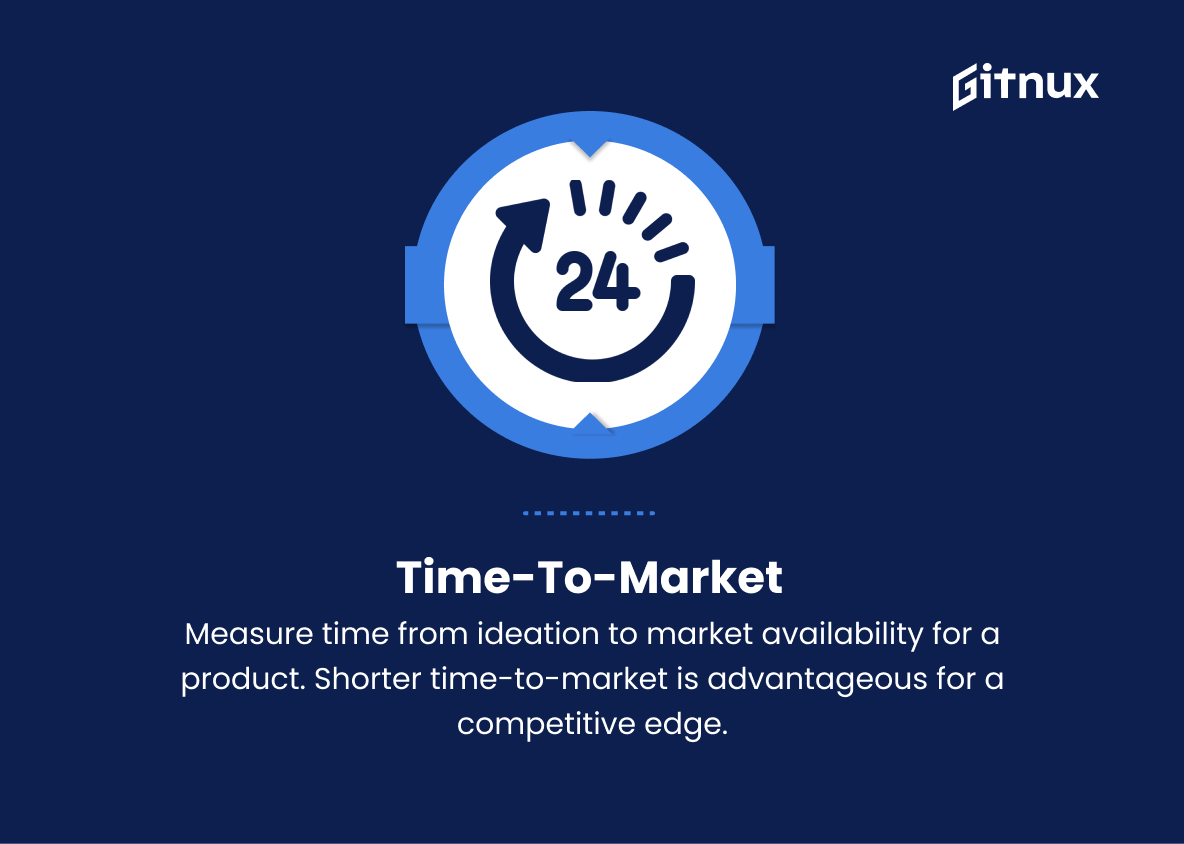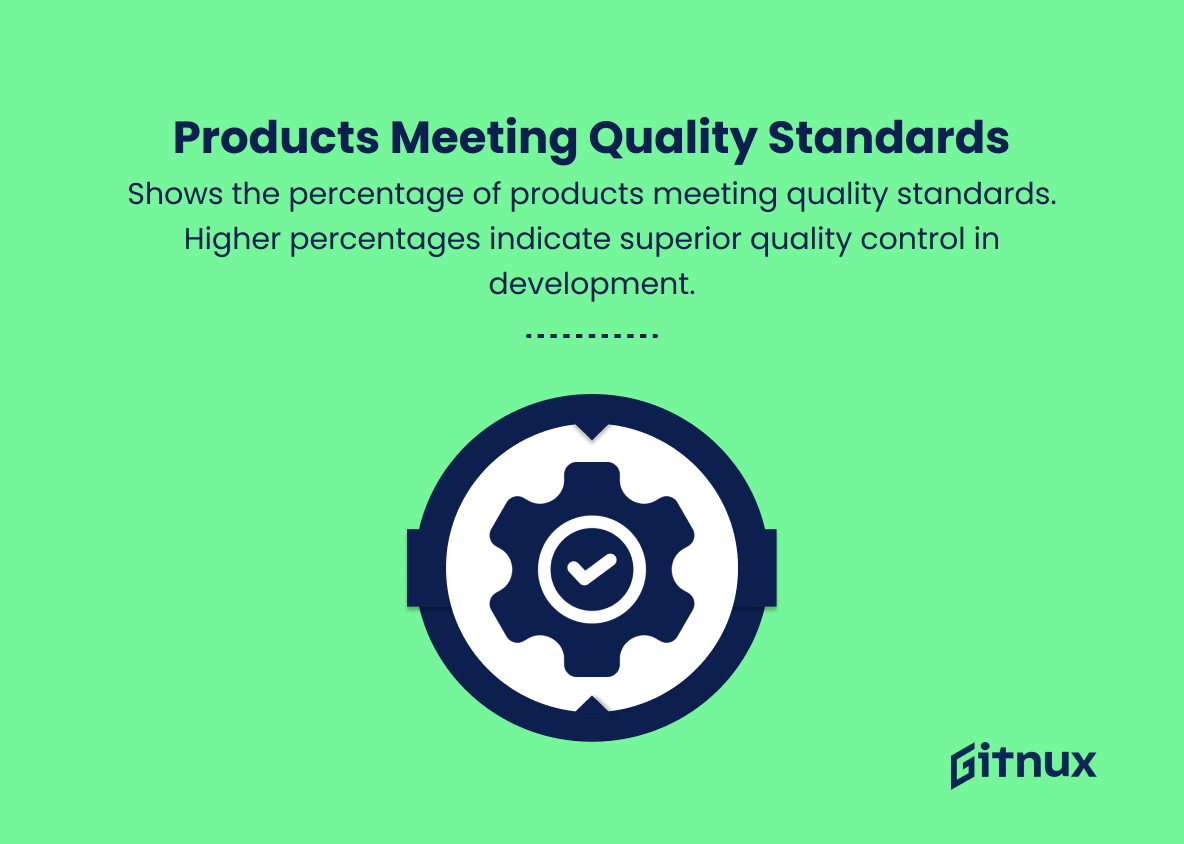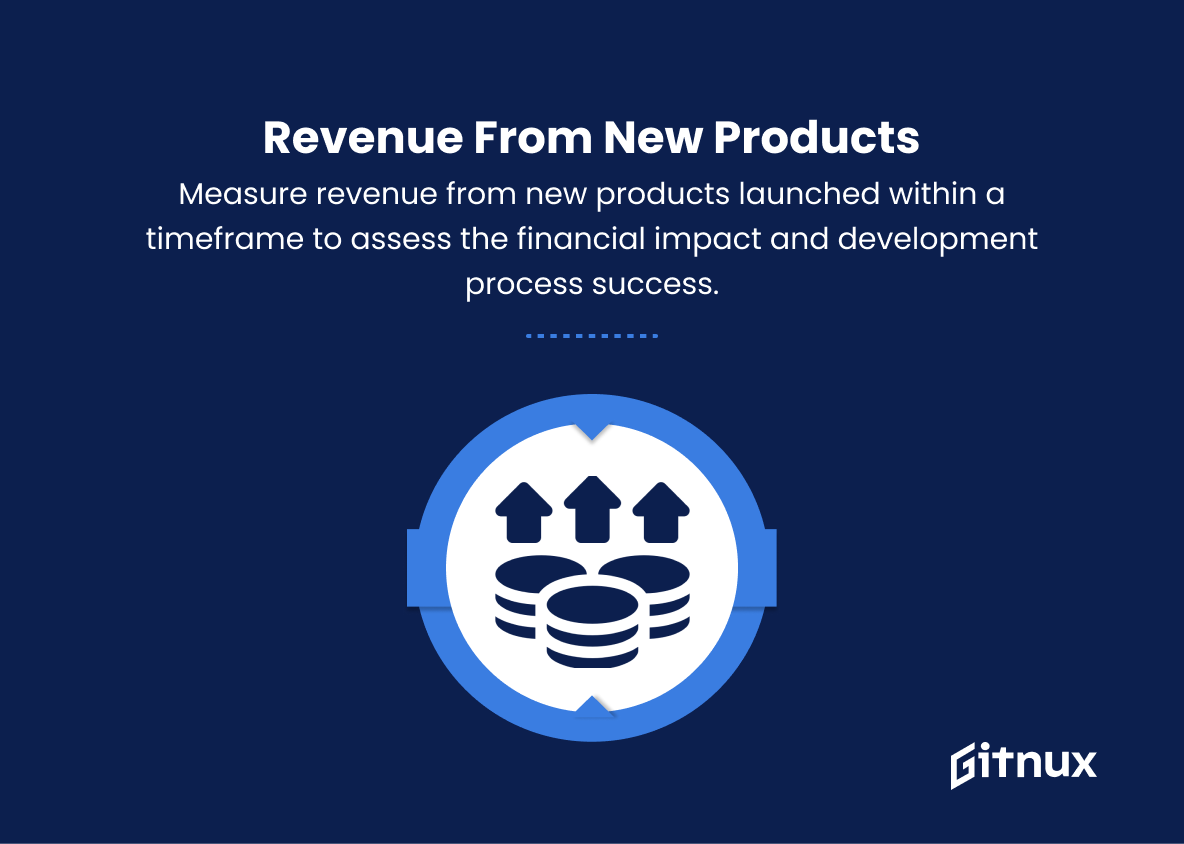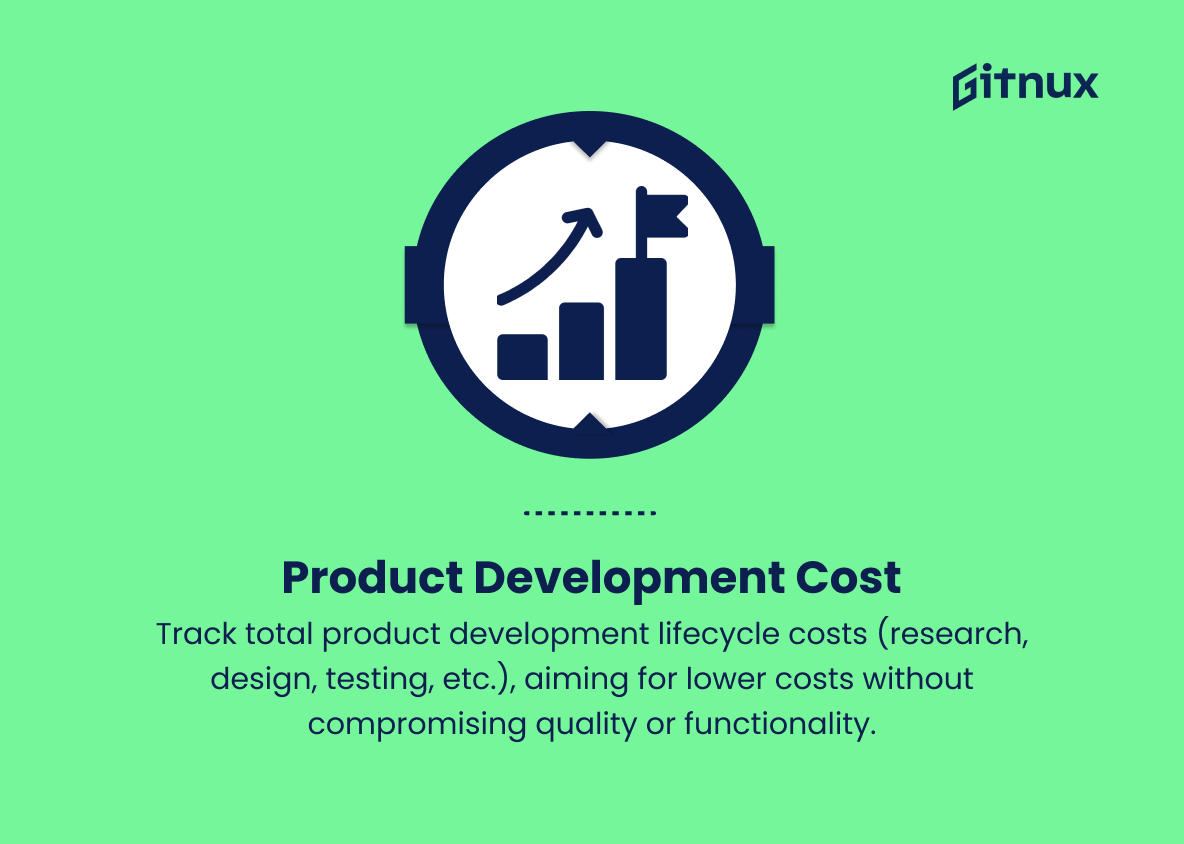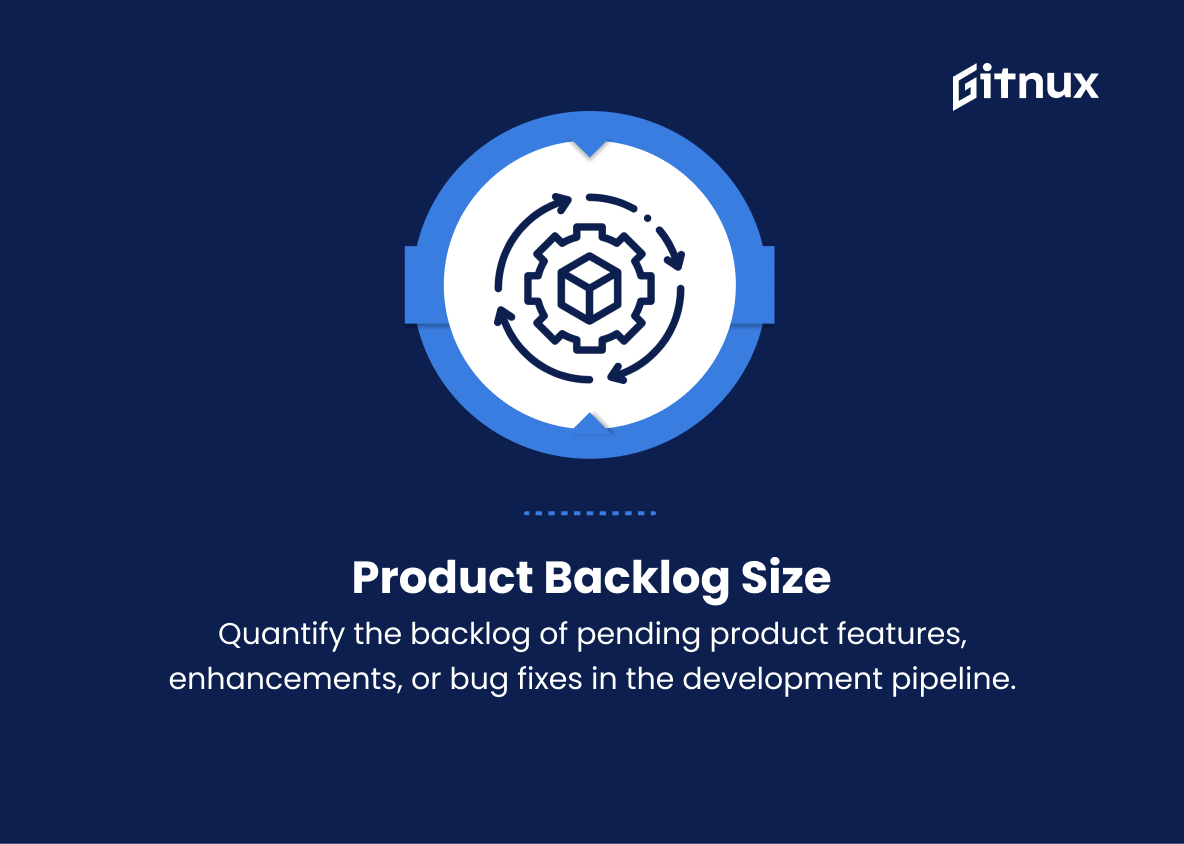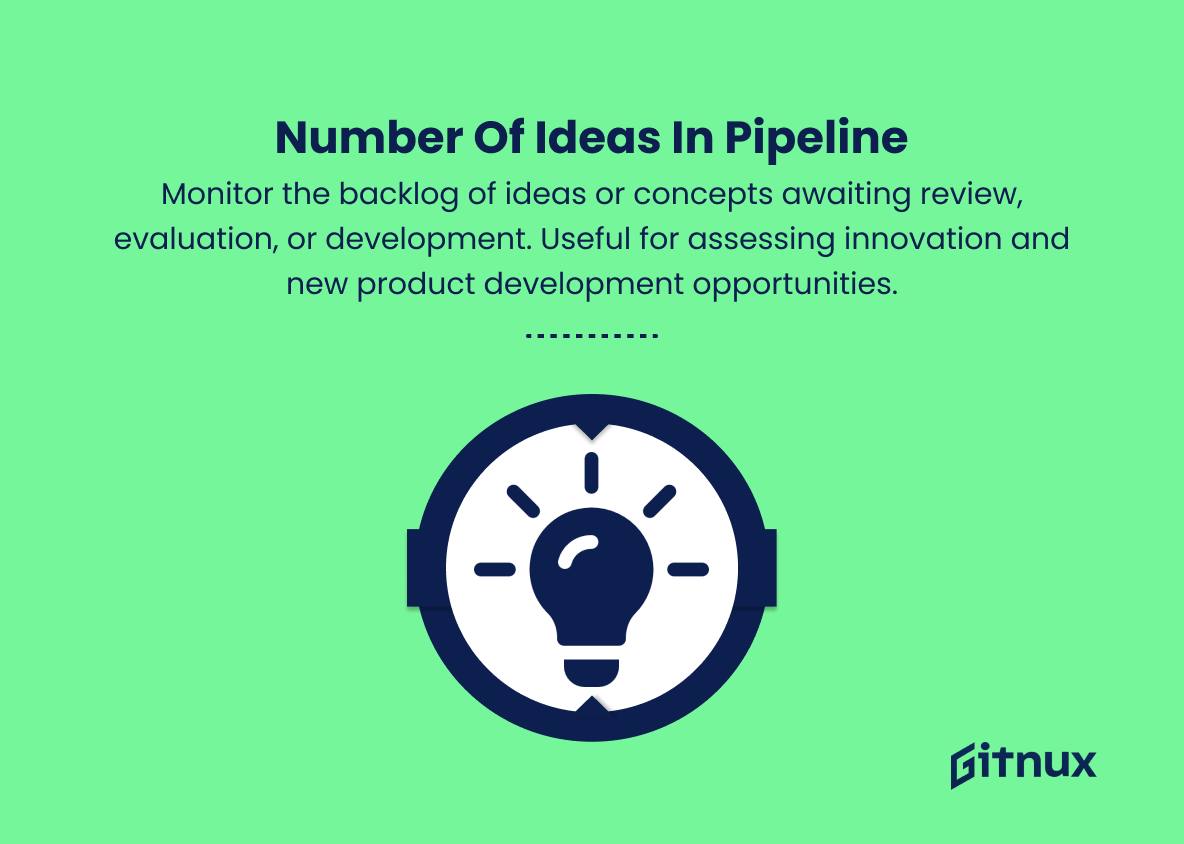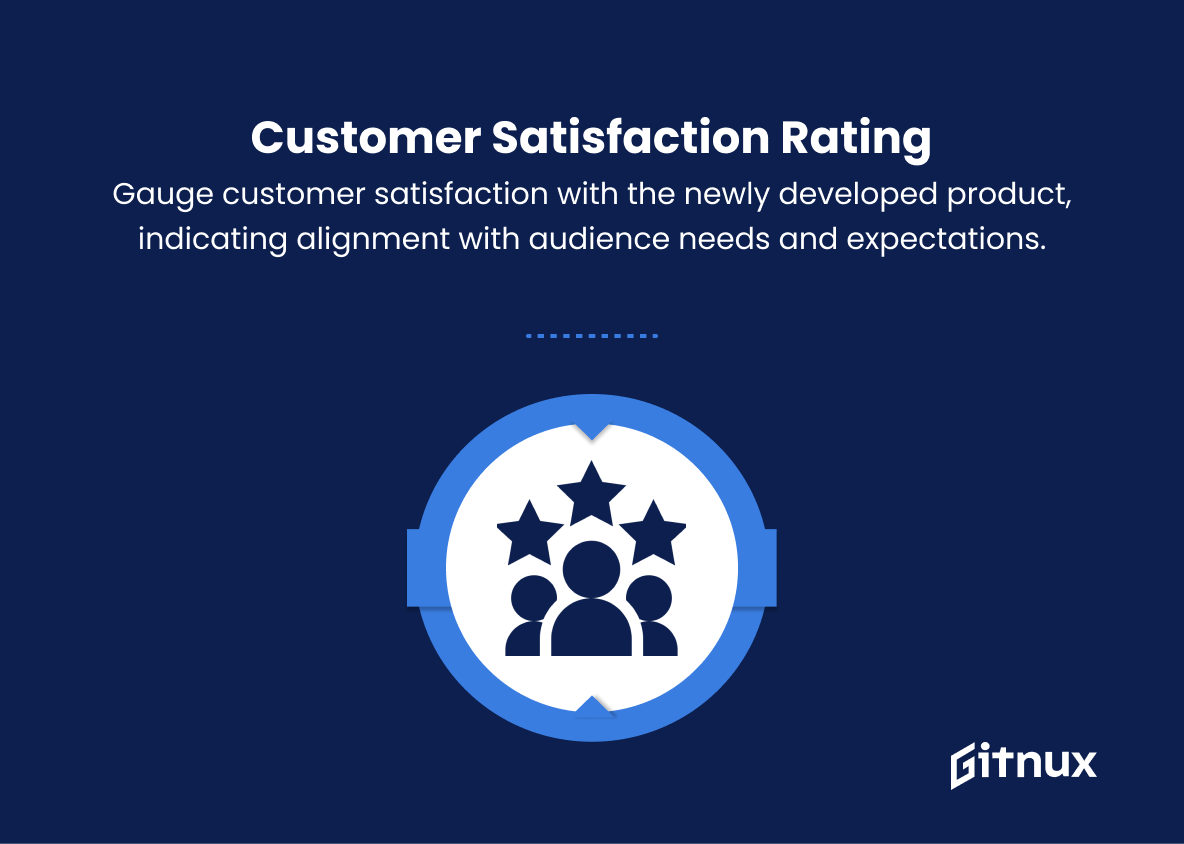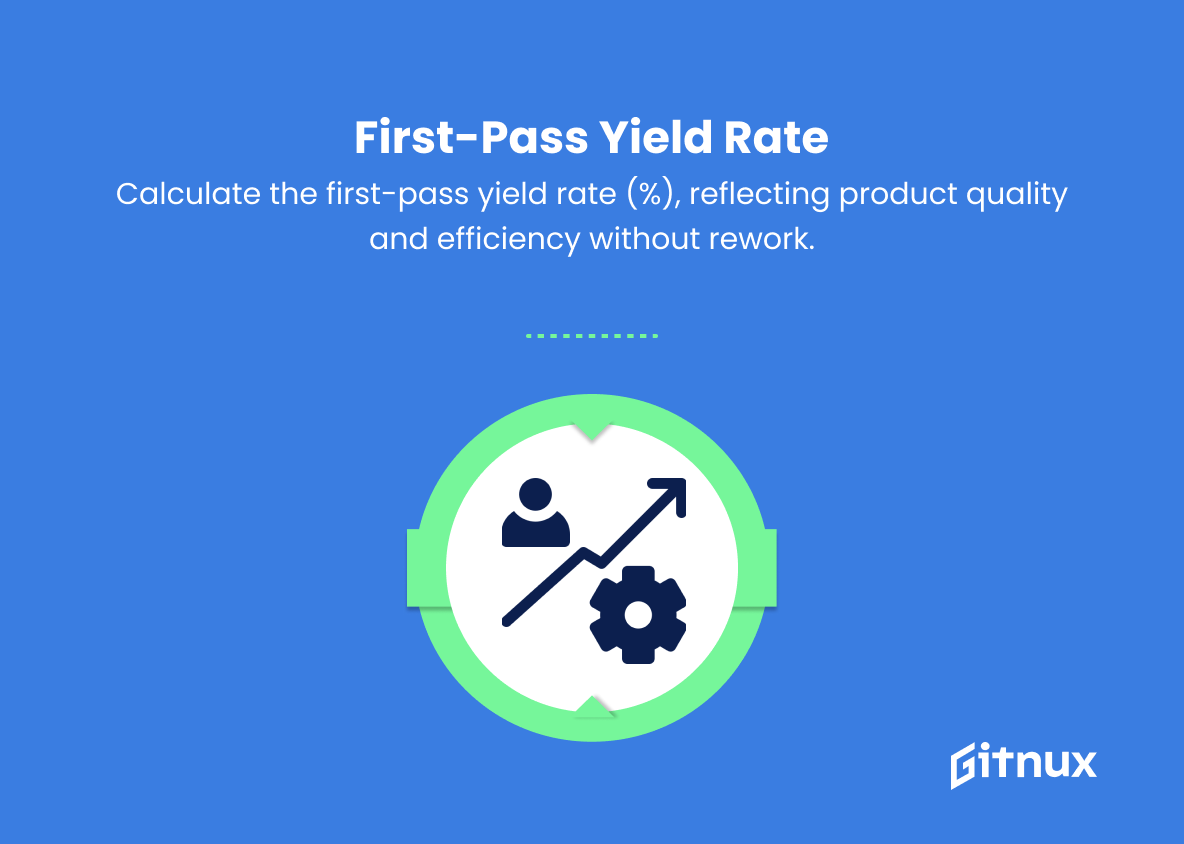In today’s competitive business landscape, a data-driven approach to product development is more crucial than ever. Establishing a clear set of key performance indicators (KPIs) can make or break the success of a product, ensuring that teams stay focused on what truly matters in the pursuit of innovation and market leadership.
This blog post delves into the importance of choosing the right product development KPIs and offers a comprehensive guide to help businesses strategize, implement, and assess their progress using these objective measurement tools. Join us as we explore vital aspects of product development KPIs, gain insights from industry experts, and enhance your understanding of best practices to take your business to the next level.
Product Development KPIs You Should Know
1. Time-to-market
Measures the time taken for a product to move from ideation to being available in the market for customers. Shorter time-to-market is desirable, as it can lead to a competitive advantage.
2. Percentage of products meeting quality standards
Indicates the proportion of products that pass quality checks and meet the set standards. A higher percentage is desirable, as it reflects better quality control within the development process.
3. Number of new products launched
Tracks the number of new products introduced by the company over a particular time period. This KPI helps to assess the effectiveness of the product development process.
4. Revenue from new products
Measures the revenue generated from new products launched within a certain time frame. This KPI indicates the financial impact and success of the product development process.
5. Product development cost
Tracks the total cost incurred throughout the product development lifecycle, including research, design, prototyping, testing, and production. Lower costs are generally preferable, provided they do not compromise product quality or functionality.
6. Return on investment (ROI) for new products
Compares the revenue generated by a new product to the cost of developing it. A higher ROI is desirable, as it reflects a more effective and profitable product development process.
7. Product backlog size
Measures the number of pending product features, enhancements, or bug fixes within the product development pipeline. A smaller backlog may indicate a more efficient team or better prioritization.
8. Number of ideas in pipeline
Tracks the number of ideas or concepts waiting to be reviewed, evaluated, or developed. This KPI can be useful for assessing innovation and potential areas for new product development.
9. Product development staff turnover rate
Calculates the percentage of product development team members who leave the organization within a given time period. A high staff turnover rate can negatively impact productivity and the overall success of the product development process.
10. Customer satisfaction rating
Assesses customers’ opinions on the overall quality, usability, or performance of the newly developed product. Higher customer satisfaction ratings indicate that the product meets or exceeds its target audience’s needs and expectations.
11. Product performance on key metrics or attributes
Evaluates the product’s performance based on predefined metrics or target attributes, such as efficiency, durability, ease of use, etc. Meeting or exceeding these targets signifies a successful product development process.
12. First-pass yield rate
Measures the percentage of products passing all quality tests and requirements on their first attempt, without rework or modifications. A higher first-pass yield rate reflects a more efficient and quality-driven product development process.
Product Development KPIs Explained
Product Development KPIs play a crucial role in understanding, evaluating, and improving a company’s product development process. They measure various aspects of product development, such as time-to-market, quality standards, number of new products launched, and the financial impact of product development in terms of costs, revenues, and ROI.
These KPIs also help assess the efficiency and effectiveness of product development teams by tracking product backlog size, staff turnover rate, and ideas in the pipeline. Monitoring customer satisfaction and product performance against key metrics or attributes showcases how well the product meets the target audience’s needs and expectations.
Additionally, KPIs like first-pass yield rate reflect the efficiency and quality of the product development process, providing valuable insights for decision-makers to optimize their strategies and capitalize on market opportunities. In summary, Product Development KPIs are essential for businesses to remain competitive and continue innovating in today’s ever-changing market landscape.
Conclusion
In summary, product development KPIs play an integral role in ensuring that organizations can effectively design, create, and launch successful products. By carefully tracking and monitoring these metrics, teams can identify opportunities for improvement, streamline processes, and optimize resources. These data-driven insights can ultimately lead to increased customer satisfaction, better financial performance, and long-lasting competitive advantage.
Therefore, it is critical that businesses invest time and effort in selecting the most appropriate KPIs and continuously refining their approach to product development in order to achieve their strategic goals and thrive in a rapidly evolving marketplace.
